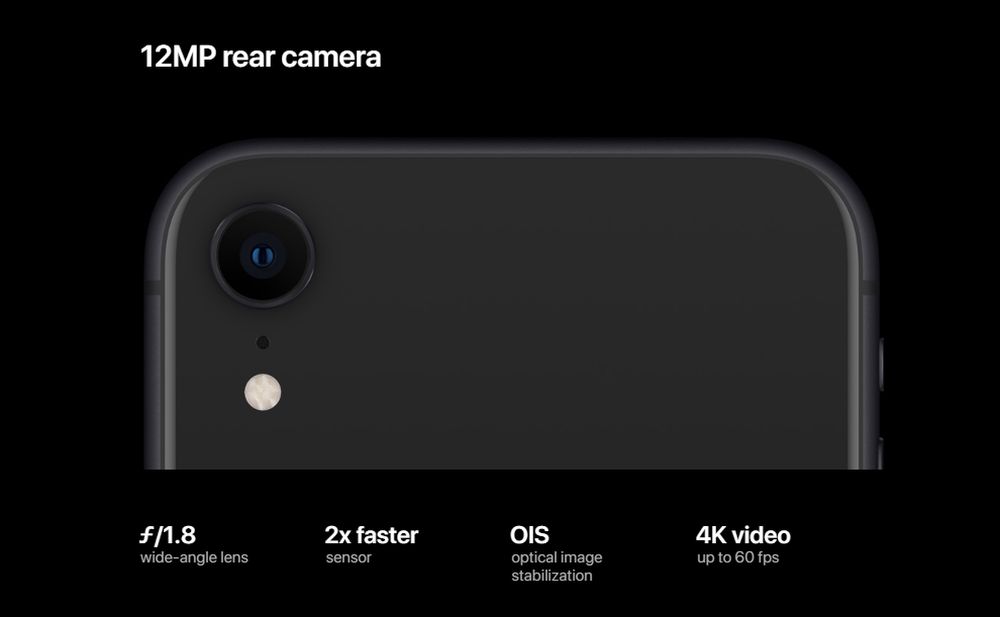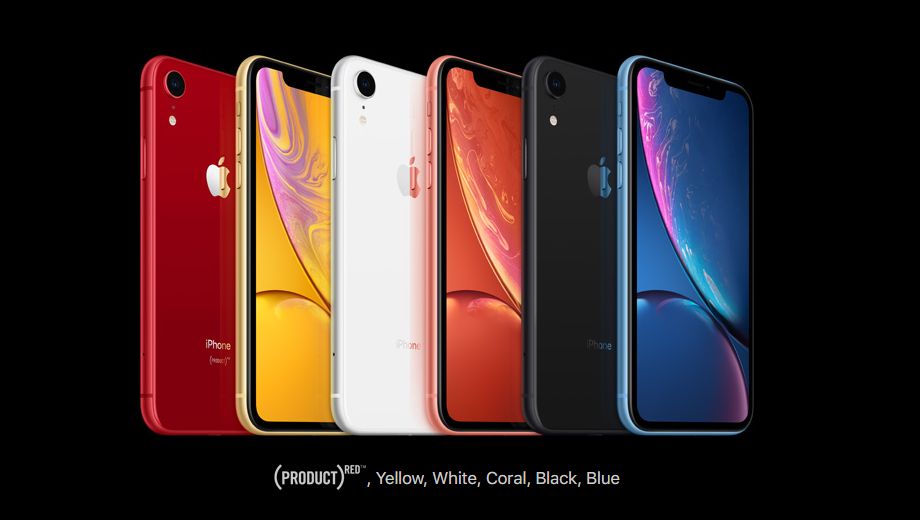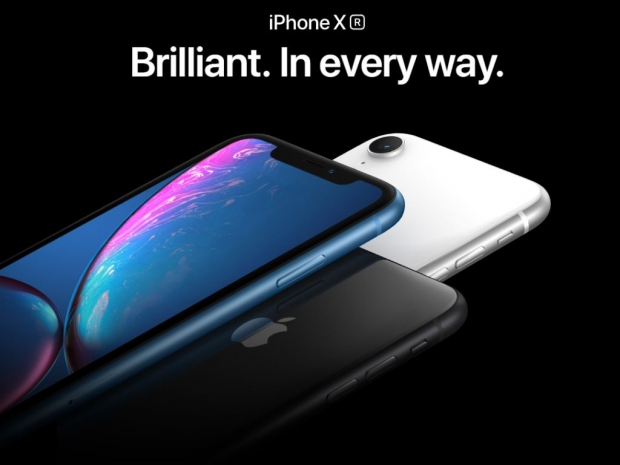The iPhone Xr can be considered an update to the iPhone 8 Plus, as it shares a lot of features but mixes them with some of the new ones and some of the iPhone X as well, so it is an oddball.
The iPhone Xr uses the same design as it comes with a glass front and back and 7000-series aluminum for the frame. Unlike the Xs series, it will be available in white, black, blue, coral, yellow, and red color options and IP67 protection.
To keep the price lower, Apple downgraded the iPhone Xr with a 6.1-inch, 19.5:9 aspect ratio LCD screen with 1792x828 resolution, calling it a "Liquid Retina" screen. It still has a notch and Apple insists that this is the most advanced LCD ever put in a smartphone, but I guess it did not include the IGZO IPS LCD panels with both higher resolution and 120Hz refresh rate into consideration, like the one in the Razer Phone.

Unfortunately, the display lacks 3D Touch, which is replaced with haptic touch, and still has a tap to wake feature. The iPhone Xr also has the new Advanced Face ID with the TrueDepth camera.
Although considered a cheaper version, the iPhone Xr still got the fancy new 7nm A12 Bionic SoC, the same one seen with the iPhone Xs series, which should give it plenty of performance as well as better battery life.
Apple also cut some coss at the back, equipping the iPhone Xr with a single 12-megapixel wide-angle camera. This is probably the same module as the one in the Xs and Xs Max, with a larger 1.4µm sensor, an f/1.8 aperture with the six element lens, optical image stabilization, and more.

Availability and price
It is obvious that Apple did not focus on getting the iPhone Xr to the market as fast as possible as the iPhone Xs and Xs Max have priority. The iPhone Xr will be available for pre-order from October 19th and will start shipping on October 26th, the firm promises.
The price starts at $749 for the 64GB version, which is cheaper than the iPhone 8 Plus, and climbs to $900 for the 256GB version. As you can see, 512GB is reserved for the iPhone Xs and the Xs Max.





